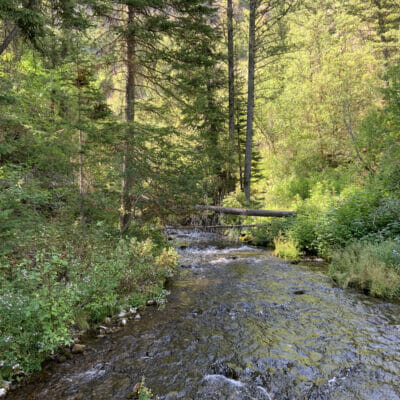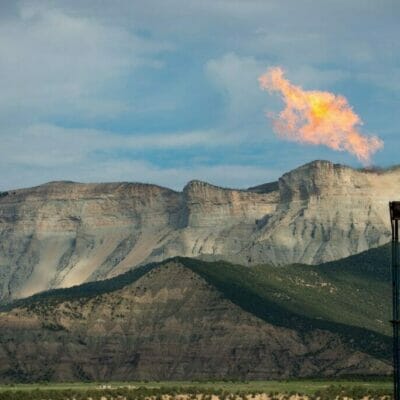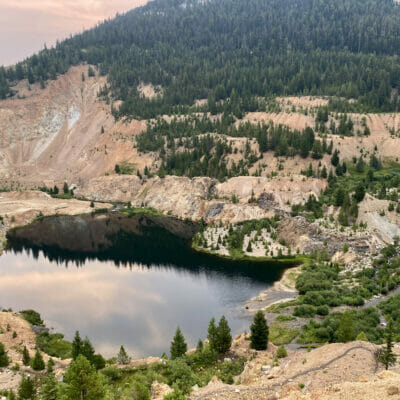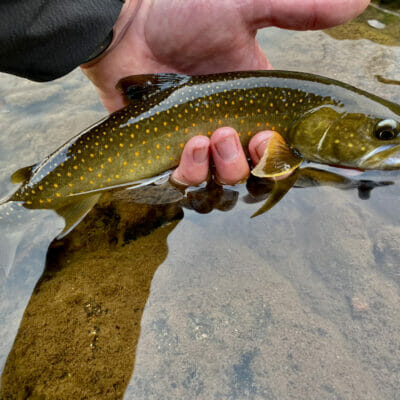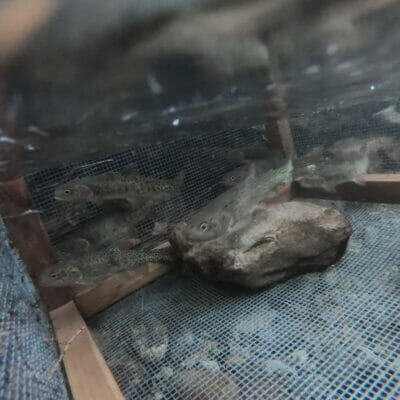“The elders told us there is no point in building a visitors center if we don’t restore the land,” said Brad Parry, a tribal member leading up conservation work on the neglected landscape. “They told us they want this land back to the way it was when the massacre happened. For those who died to have a peace we need to restore the land to as natural as possible.”
by Jeff Yates | September 22, 2021 | Community, Featured
From Sept. 25 through Oct. 2, we’ll bring you dozens of ways to connect — from virtual conversations with important names in conservation and fishing to in-person opportunities to get your hands dirty and your waders wet with local TU members and supporters
For two decades, Whittlesey Creek National Wildlife Refuge has been the site of U.S. Fish and Wildlife Service efforts to restore self-sustaining populations of coaster book trout. Trout Unlimited has been a partner in the work. The efforts haven’t been successful, but have increased knowledge about this unique form of brook trout and what could be needed to restore the fish to Lake Superior tributaries.
Millions of Americans are spending more time exploring the waters we fish, the national parks we enjoy and wild places near and far. The benefits of these activities are numerous and they breathe life into the many local economies that depend on booming outdoor recreation — this year more so than ever. At the same
by Daniel A. Ritz | September 16, 2021 | Fishing
Unable to see my fly, I was worried I wouldn’t pick up on a take. I shouldn’t have been concerned. My line ripped taut as something far under the surface inhaled my imitation and began to run with it like it had stolen something. I watched my line travel back and forth in the deep pool. Overwhelmed with emotion, I literally slid down the awkward rock outcropping of the outlet channel and brought a 16- to 18-inch brightly spotted and beautiful olive bull trout to the net.”
Bull trout (Salvelinus confluentus) Species summary and status: The bull trout was once found throughout the Columbia River Basin, east to western Montana, south to northern Nevada, west to California and possibly as far north as southeastern Alaska. The main populations remaining in the lower 48 states are in Montana, Idaho, Oregon, and Washington, with
“All the land managers and people we meet along the trails seem to appreciate bringing the fish in on horseback. It just has the character of wilderness. It’s good for the environment and it’s a fun thing to do.”
